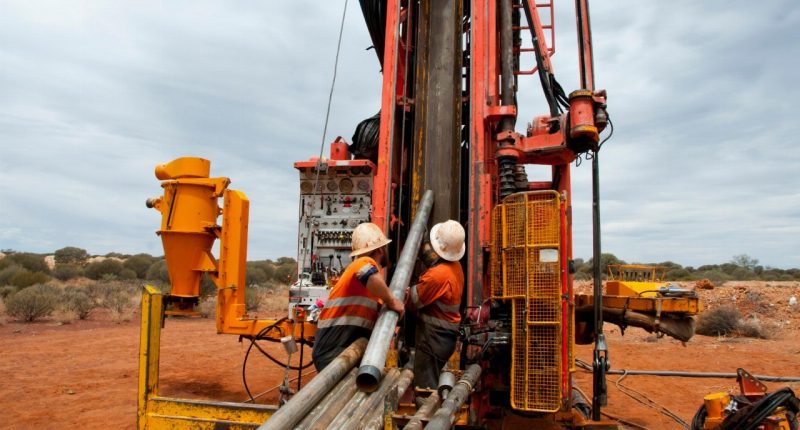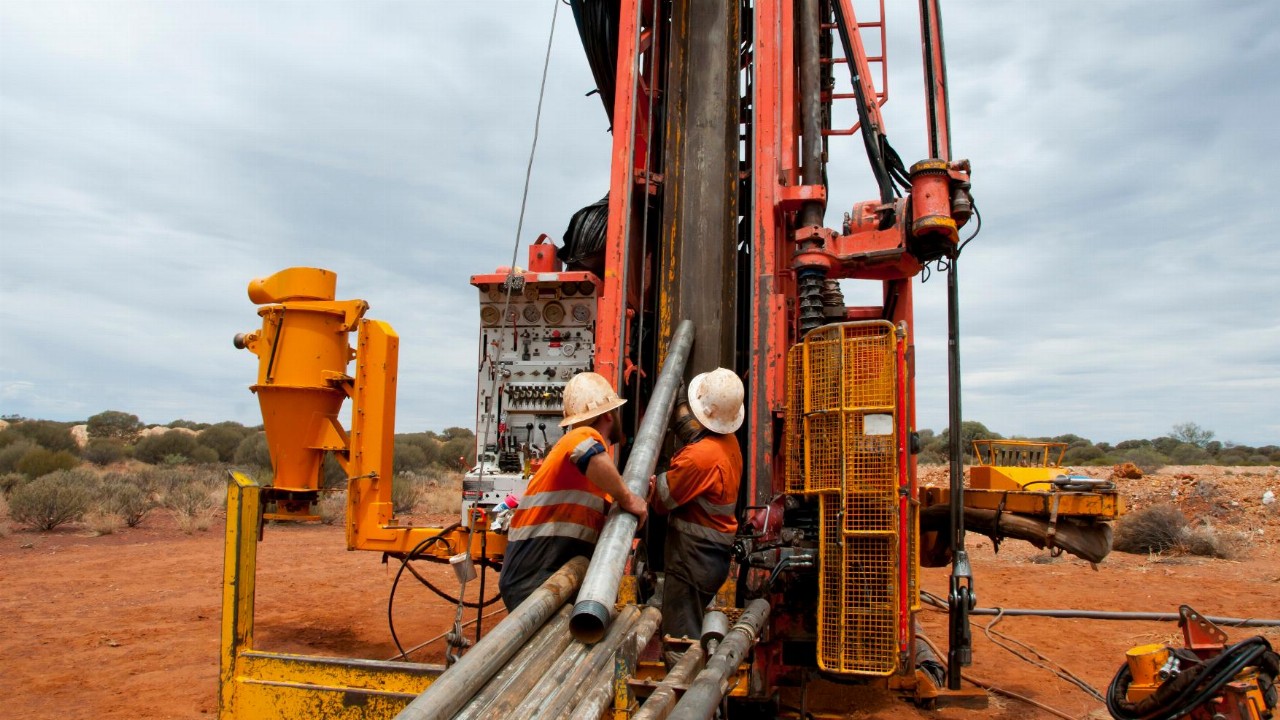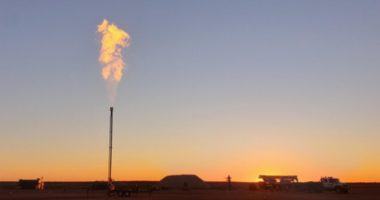- American West Metals (AW1) reports results from a gravity survey undertaken across its West Desert Project in Utah as drilling begins
- From the survey data, AW1 says the deposit presents as a distinct gravity anomaly with multiple, similar anomalies in areas with little to no drilling
- Managing Director Dave O’Neill believes the results are “outstanding” and give the company confidence that further drilling will expand the project resource
- The first phase of drilling is set to begin this week and the results will be used to support the estimation of a JORC compliant resource
- Shares have been trading 1.9 per cent lower at 12.8 cents each
American West Metals (AW1) has reported results from a gravity survey undertaken across its West Desert Project in Utah as drilling begins.
According to the company, the West Desert Project is the largest known undeveloped indium resource globally and subsequently presents the opportunity to become the first producer of indium in the USA.
Indium is found in unusually high levels in sphalerite at West Desert and is used in the electronics and semiconductor industries, supporting de-carbonisation technology.
The gravity survey was the first of its type completed at the project and was designed to
image the known deposit, porphyry system and identify new focus areas for exploration.
From the data, AW1 said the deposit presents as a distinct gravity anomaly with multiple, similar anomalies in areas with little to no drilling.
Managing Director Dave O’Neill said the results were “outstanding” and successfully mapped the geological architecture of the district.
As the project team gears up for the first phase of drilling set to commence this week, Mr O’Neill said with the survey results, the company is confident that further drilling will expand the West Desert resource, and add a number of new discoveries.
“The survey defined a six kilometre east-west corridor with multiple anomalies that look identical to the carbonate replacement deposit (CRD) mineralisation dominant portion of the West Desert Deposit,” Mr O’Neill said.
“Two of these anomalies have been clipped with a historical drill hole and those holes encountered high grade copper-zinc-lead mineralisation.
“CRD type deposits, similar to those present at West Desert, are known to occur in clusters, so we are understandably very excited about the upside of the area.”
Phase one of the drilling program will consist of approximately 7500 metres of drilling and will focus on confirming the continuity of the zinc and copper mineralisation, as well as progressing oxide and transitional metallurgical test work.
Once received, the drilling results — in conjunction with historical drilling data — will be used to support the estimation of a JORC compliant resource for the West Desert deposit.
Moving forward, phase two will focus on testing the high priority targets defined by the recent gravity and historical geophysical surveys and is expected to commence in March or April depending on drill rig availability.
Shares were trading 1.9 per cent lower at 12.8 cents at 12:31 pm AEDT.








